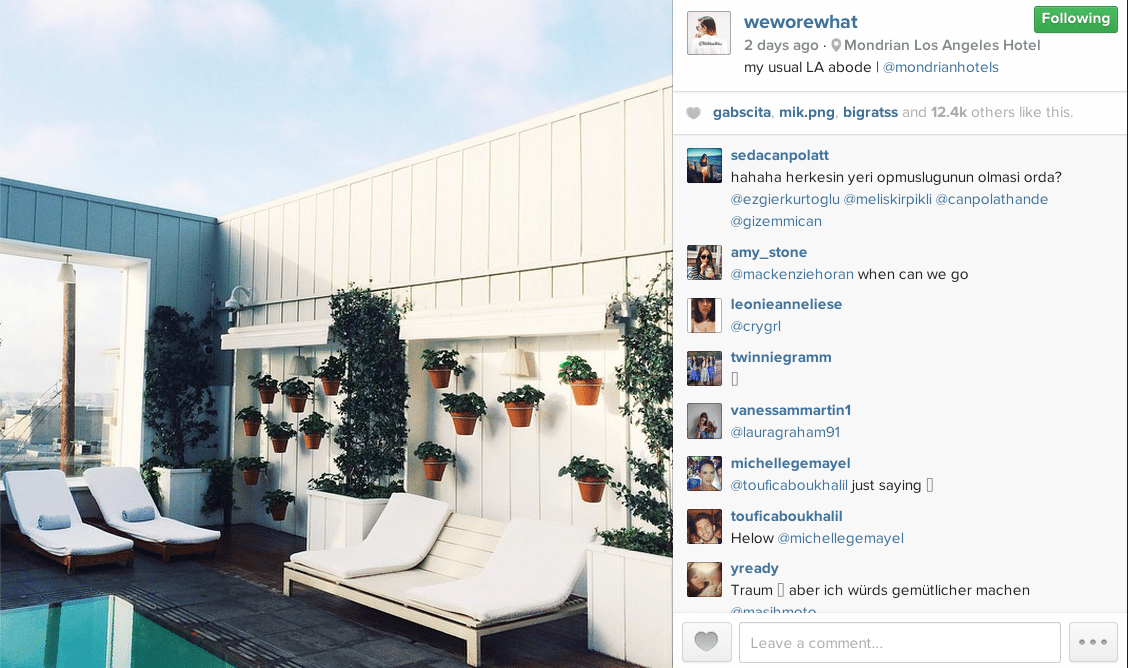What the Fashion Industry Can Teach Tourism About Social Media

Skift Take
The art of Instagram marketing is still very much in development in comparison to standard PR efforts; however, travel brands would be wise to look at popular fashion bloggers and brands for tips on how to improve their own accounts and partner with influencers who can quickly expand their reach.
Social media has changed the way that companies across countries and sectors communicate with customers and market products, and the newest platform in the mix, Instagram, has proven indispensable to lifestyle brands like fashion and some travel companies.
Fashion brands were the first to latch onto the platform and work with fashion-minded fans to post photos of outfits, provide a glimpse of fashion shows from the front row, and position their products in the most aspirational light. The market has since exploded with high-end brands paying thousands of dollars for a single post on the Instagram accounts of influencers with hundreds of thousands of followers.
The travel industry entered the Instagram market shortly thereafter with destinations and organizations such as the Canada Tourism Commission and Australia emerging as early leaders. Today, working with influencers has become a marketing standard and travel companies are learning how to leverage the most influential bloggers and make the experience beneficial to both parties.
Skift spoke to the social media manager of a major fashion brand, the founder of a creative agency that connects companies and influencers, a blogger who crosses into both fashion and tourism, and a tourism board for insights on what the travel industry can learn from fashion
